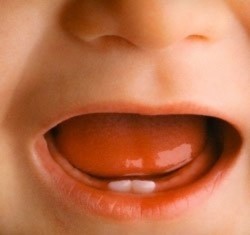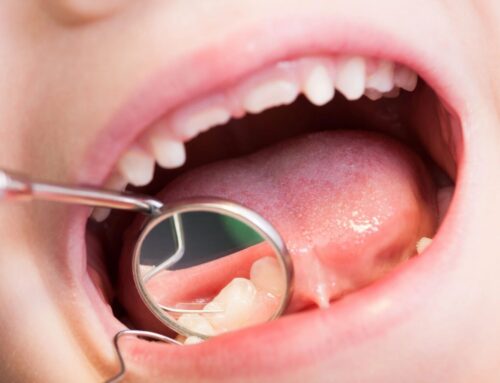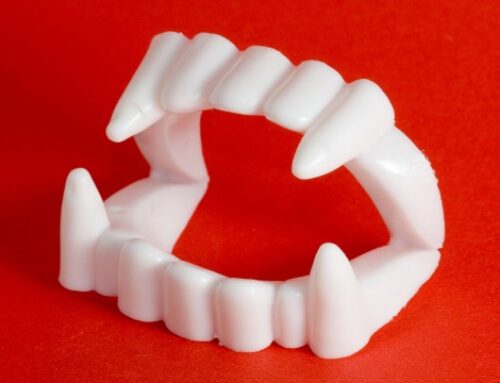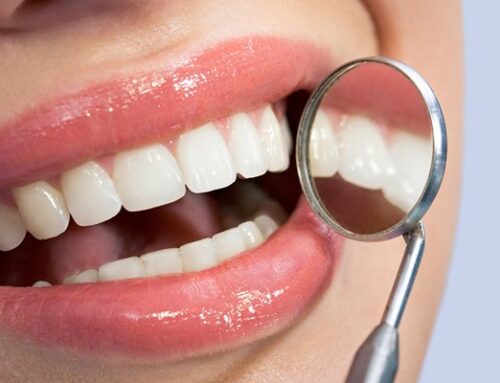It’s an exciting thing to see your baby’s first teeth! However, many parents upon seeing the first teeth of their first child will ask, “Are those teeth supposed to come in first? Are my baby’s teeth normal?” There is one important thing that every parent needs to remember: “Every child is different.” That being said, let’s go over the common order that teeth emerge. Most children get their lower central incisors first – those are the bottom front teeth. Then they’ll get their upper central incisors – the top front teeth. Next come the teeth on either side of the front teeth, which are the lateral incisors. Again, the bottom teeth tend to emerge before the matching top teeth. Then the teeth pull a surprise by introducing the first set of molars! That will leave a gap on the top and bottom that will later be filled in by the canine teeth (the pointy ones). The last of the baby teeth are the second set of molars in the back, often associated with a child’s second birthday. That sums up the twenty “baby” teeth that will make up your child’s smile until they are about six-years-old.
Dentists call the appearance of a new tooth an “eruption”. This sounds bad, but is nothing like the eruption of a volcano. It is a slow and normal growth process. In fact, every baby has their teeth at birth and it just takes time for them to erupt from the gum. If they appear in a slightly different order from the description above, remind yourself that every child is different and be reassured that the other teeth are likely hiding just below the gum, waiting for their chance to enter the world!
While you are pondering the existence of hidden teeth, remember that it is a good habit to start wiping a baby’s gums even before teeth erupt. Bacteria start gathering in the mouth at birth, which means teeth can start decaying as soon as they appear. Use a washcloth, silicon finger brush, or a soft toothbrush to practice cleaning your baby’s mouth twice a day. It’ll pay off!
Special thanks to our blog writer Susan Akers!





